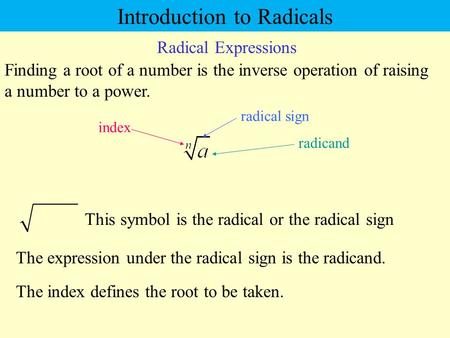Contents
In this publication, we will consider how to enter a number (multiplier) or a letter under the sign of a square and higher powers of the root. The information is accompanied by practical examples for better understanding.
The rule for entering under the root sign
Square root
To bring a number (factor) under the square root sign, it should be raised to the second power (in other words, squared), then write the result under the root sign.
Example 1: Let’s put the number 7 under the square root.
Decision:
1. First, let’s square the given number:
2. Now we just write the calculated number under the root, i.e. we get √49.
Briefly, the introduction under the root sign can be written as follows:
![]()
Note: If we are talking about a multiplier, we multiply it by an already existing radical expression.
Example 2: represent the product 3√5 completely under the root of the second degree.
![]()
nth root
To bring a number (factor) under the sign of the cubic and higher powers of the root, we raise this number to a given step, then transfer the result to the radical expression.
Example 3: Let’s put the number 6 under the cube root.
![]()
Example 4: imagine product 25√3 under the root of the 5th degree.
![]()
Negative number/multiplier
When entering a negative number / multiplier under the root (no matter what degree), the minus sign always remains before the root sign.
Example 5
![]()
Entering a letter under the root
To bring a letter under the root sign, we proceed in the same way as with numbers (including negative ones) – we raise this letter to the appropriate degree, and then add it to the root expression.
Example 6
![]()
This is true when
Example 7
Let’s consider a more complicated case:
Decision:
1. First, we will enter the expression in brackets under the root sign.
![]()
2. Now according to we will raise the expression
![]()
Note: the first and second steps can be interchanged.
3. It remains only to perform the multiplication under the root with the expansion of brackets.
![]()










